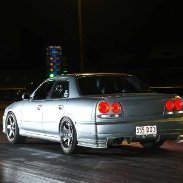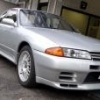Down pipe design
Announcements
-
Similar Content
-
Latest Posts
-
The rotors only have about 5k on them so I didn't worry about the machining.
-
Also, if you didn't machine or replace rotors, it will make it harder to bed the new pads properly. It is something I'll advised to do. And yes, I've done it many times before, and will likely do it again, so no judgement here if you didn't replace or machine the rotors.
-
Yeah, you need to do it properly. You need to start out slow and gentle, ramping it up until they are good and hot, but not cooking, then roll off the other side (instead of letting them cool down quick).
-
By joshuaho96 · Posted
I think yeah less hot fuel dumping into the top of the tank that wants to evaporate easily, fewer connections/hoses for permeation. Something like that. Also lower cost/easier production. Even my 2000 LS400/Celsior is a deadhead system. A single fuel hose to the fuel rails which have pulsation dampers attached and no return line. -
I might do a few more high temp bed ins as described here. I have a nice quiet 80kph road right near me. How To Bed-In Your EBC Brakes For Street Or Track Use - EBC Brakes https://share.google/AjnOTILXoiqQnLu8p
-






Recommended Posts
Create an account or sign in to comment
You need to be a member in order to leave a comment
Create an account
Sign up for a new account in our community. It's easy!
Register a new accountSign in
Already have an account? Sign in here.
Sign In Now